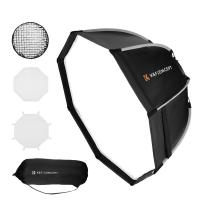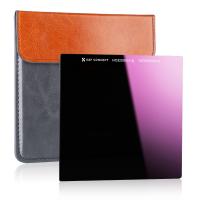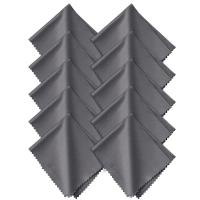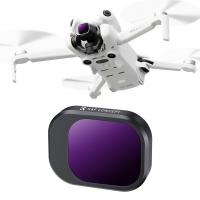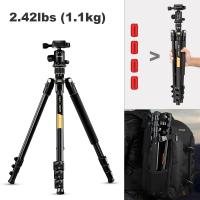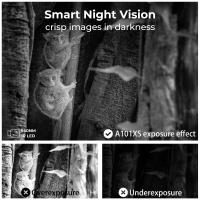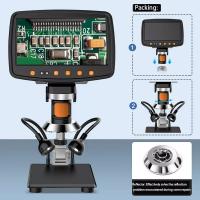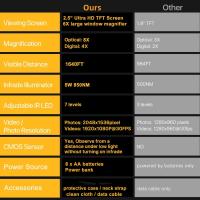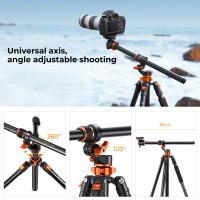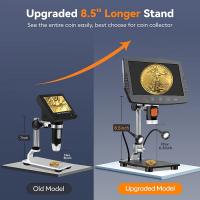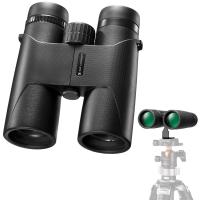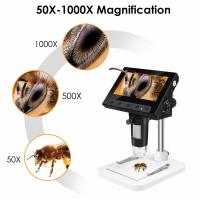What Is Laser Rangefinder ?
A laser rangefinder is a device that uses a laser beam to determine the distance between two objects. It works by emitting a laser pulse towards the target and measuring the time it takes for the pulse to bounce back to the device. By knowing the speed of light, the rangefinder can calculate the distance between the device and the target with high accuracy. Laser rangefinders are commonly used in surveying, hunting, golfing, and military applications. They are preferred over traditional rangefinders because they are more accurate, faster, and can measure longer distances.
1、 Principle of operation
What is laser rangefinder?
A laser rangefinder is a device that uses laser technology to measure the distance between two objects. It is commonly used in surveying, construction, and military applications. The device emits a laser beam that reflects off the target object and returns to the rangefinder. The time it takes for the laser beam to travel to the target and back is used to calculate the distance between the rangefinder and the target.
Principle of operation:
The laser rangefinder works on the principle of time-of-flight measurement. The device emits a laser beam that travels to the target object and reflects back to the rangefinder. The time it takes for the laser beam to travel to the target and back is measured by the device. The distance between the rangefinder and the target is calculated by multiplying the time it takes for the laser beam to travel by the speed of light.
The latest point of view:
The latest advancements in laser rangefinder technology have led to the development of more accurate and efficient devices. Some of the latest models use multiple laser beams to measure the distance to the target from different angles, which helps to eliminate errors caused by uneven surfaces or obstructions. Additionally, some models use advanced algorithms to calculate the distance based on the shape and size of the target object, which further improves accuracy. These advancements have made laser rangefinders an essential tool in various industries, including sports, hunting, and photography.
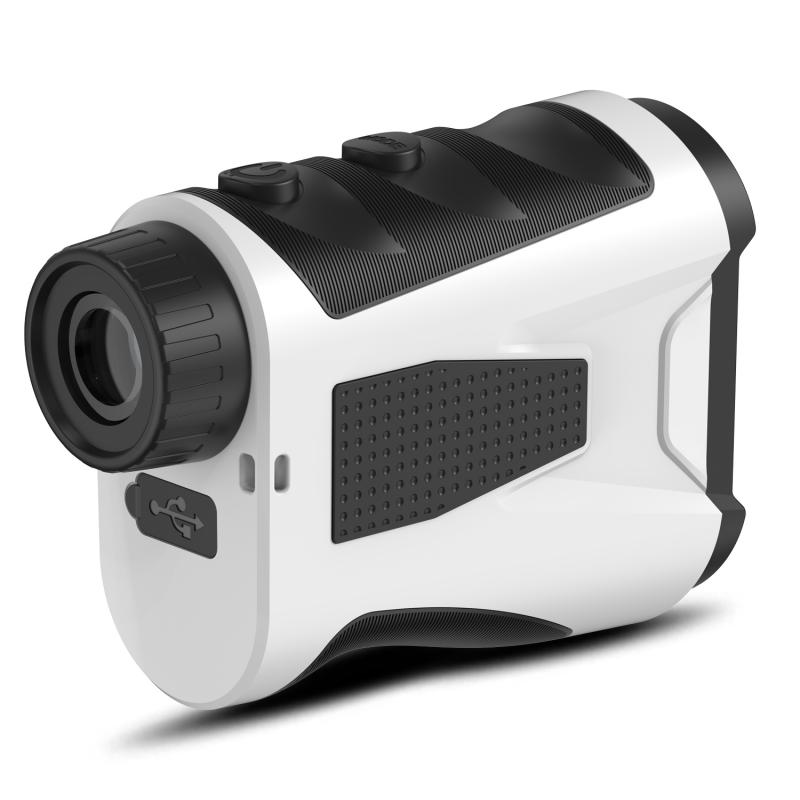
2、 Types of laser rangefinders
What is laser rangefinder?
A laser rangefinder is a device that uses a laser beam to determine the distance between two objects. It works by emitting a laser beam towards the target and measuring the time it takes for the beam to bounce back to the device. The device then calculates the distance based on the time it took for the beam to return.
Laser rangefinders are commonly used in a variety of applications, including hunting, golfing, surveying, and military operations. They are highly accurate and can measure distances up to several hundred meters.
Types of laser rangefinders:
There are two main types of laser rangefinders: pulse and continuous wave. Pulse rangefinders emit short bursts of laser energy and measure the time it takes for the energy to return. Continuous wave rangefinders emit a continuous beam of laser energy and measure the phase shift of the returning energy.
Pulse rangefinders are more commonly used in military and industrial applications, while continuous wave rangefinders are more commonly used in commercial and consumer applications.
In recent years, there has been a trend towards smaller and more portable laser rangefinders. These devices are often designed for outdoor activities such as hunting and golfing, and are typically lightweight and easy to use. Additionally, many modern laser rangefinders now come equipped with advanced features such as angle compensation and Bluetooth connectivity.
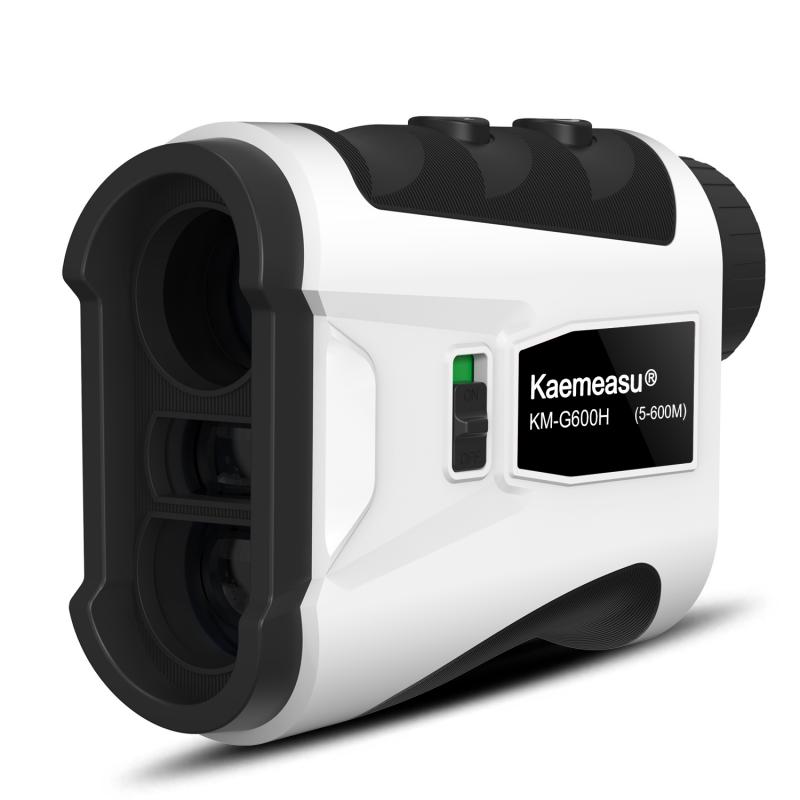
3、 Applications in military and civilian fields
What is laser rangefinder?
A laser rangefinder is a device that uses a laser beam to determine the distance between two objects. It works by emitting a laser pulse towards the target and measuring the time it takes for the pulse to bounce back. The device then calculates the distance based on the time it took for the pulse to return.
Applications in military and civilian fields:
Laser rangefinders have a wide range of applications in both military and civilian fields. In the military, they are used for targeting and range finding, as well as for reconnaissance and surveillance. They are also used in artillery and missile systems to accurately target enemy positions.
In the civilian world, laser rangefinders are used in construction and engineering for measuring distances and heights. They are also used in sports such as golf and hunting for measuring distances to targets.
Latest point of view:
The latest advancements in laser rangefinder technology have made them more accurate and reliable than ever before. They are now capable of measuring distances up to several kilometers away with high precision. Additionally, some models are equipped with advanced features such as angle compensation and ballistic calculations, making them even more useful for hunting and long-range shooting.
In conclusion, laser rangefinders are versatile devices that have a wide range of applications in both military and civilian fields. With the latest advancements in technology, they have become even more accurate and reliable, making them an essential tool for many professionals and enthusiasts.
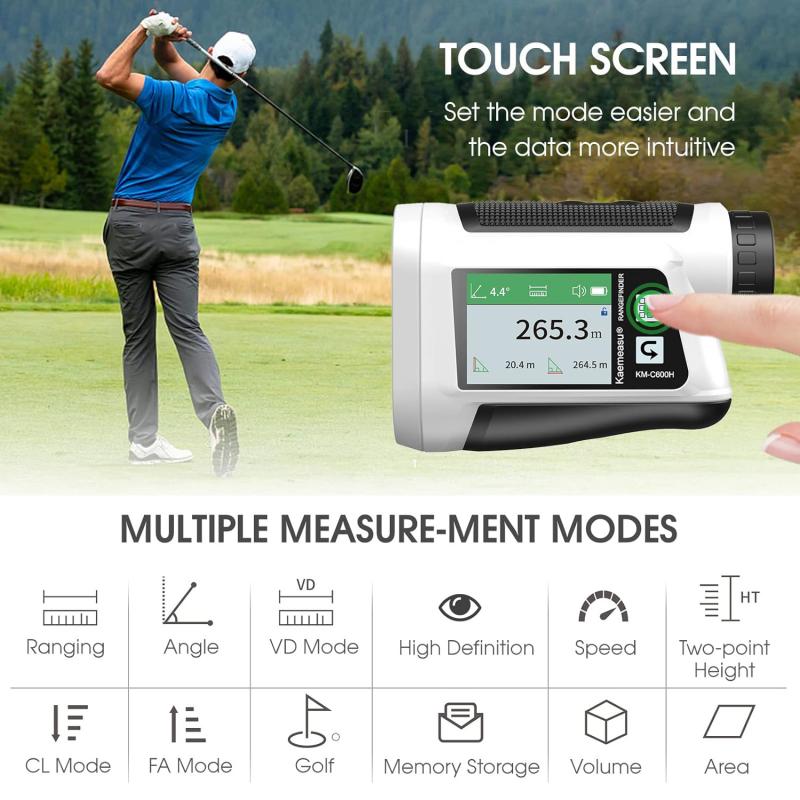
4、 Advantages and limitations
What is laser rangefinder?
A laser rangefinder is a device that uses a laser beam to determine the distance between two objects. It works by emitting a laser beam towards the target and measuring the time it takes for the beam to bounce back to the device. The device then calculates the distance based on the time it took for the beam to return.
Advantages and limitations:
The advantages of laser rangefinders are numerous. They are highly accurate and can measure distances up to several hundred meters. They are also very fast and can provide measurements in a matter of seconds. Laser rangefinders are also very easy to use and require minimal training.
However, there are also some limitations to laser rangefinders. They require a clear line of sight to the target, which can be a problem in certain situations. They are also affected by atmospheric conditions such as fog, rain, and dust, which can reduce their accuracy. Additionally, laser rangefinders can be expensive, which may limit their accessibility to some users.
The latest point of view:
The latest advancements in laser rangefinder technology have addressed some of these limitations. For example, some models now use multiple lasers to provide more accurate measurements even in adverse weather conditions. Others use advanced algorithms to compensate for atmospheric interference. Additionally, the cost of laser rangefinders has decreased in recent years, making them more accessible to a wider range of users.
In conclusion, laser rangefinders are highly accurate and fast devices that have numerous advantages. However, they do have some limitations that need to be considered when using them. The latest advancements in technology have addressed some of these limitations, making laser rangefinders even more useful in a variety of applications.
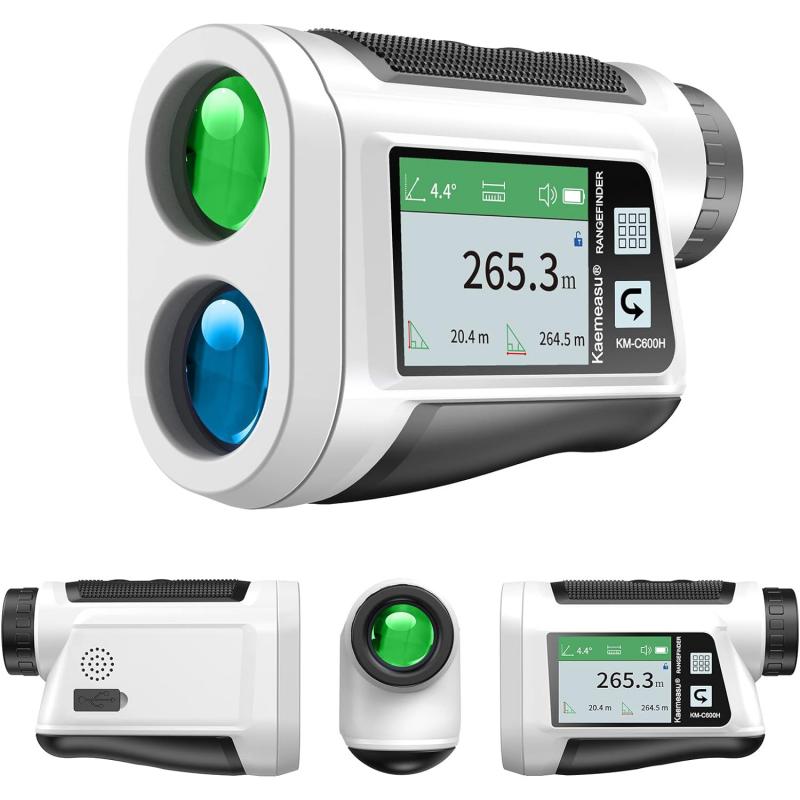

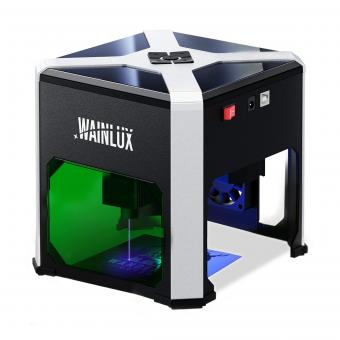
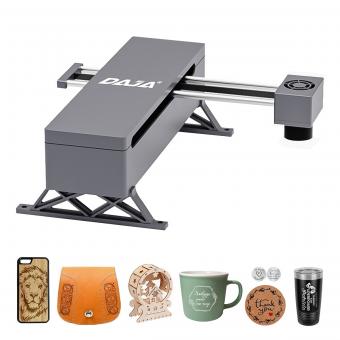
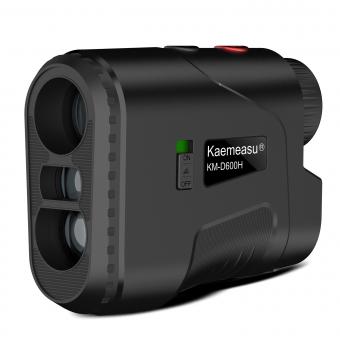

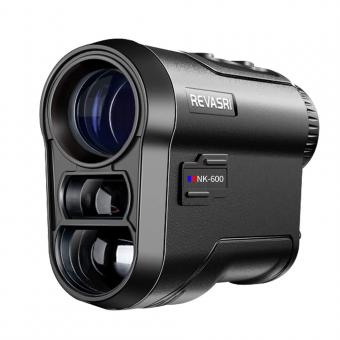
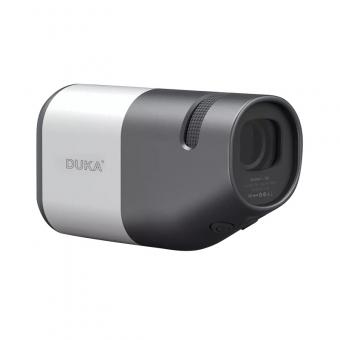
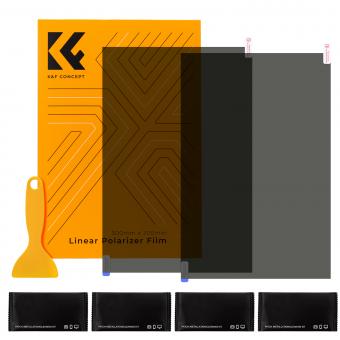





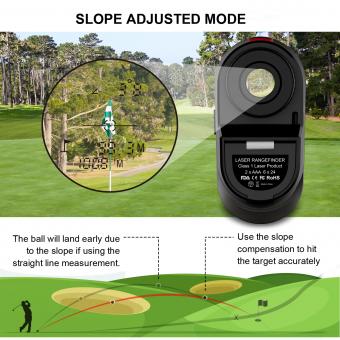




![J12 Mini-projector Outdoor-filmprojector met 100 inch-projectorscherm, 1080P, compatibel met tv-stick, videogames, HDMI, USB, TF, VGA, AUX, AV [Amerikaanse regelgeving] J12 Mini-projector Outdoor-filmprojector met 100 inch-projectorscherm, 1080P, compatibel met tv-stick, videogames, HDMI, USB, TF, VGA, AUX, AV [Amerikaanse regelgeving]](https://img.kentfaith.de/cache/catalog/products/de/GW01.0172/GW01.0172-1-200x200.jpg)
